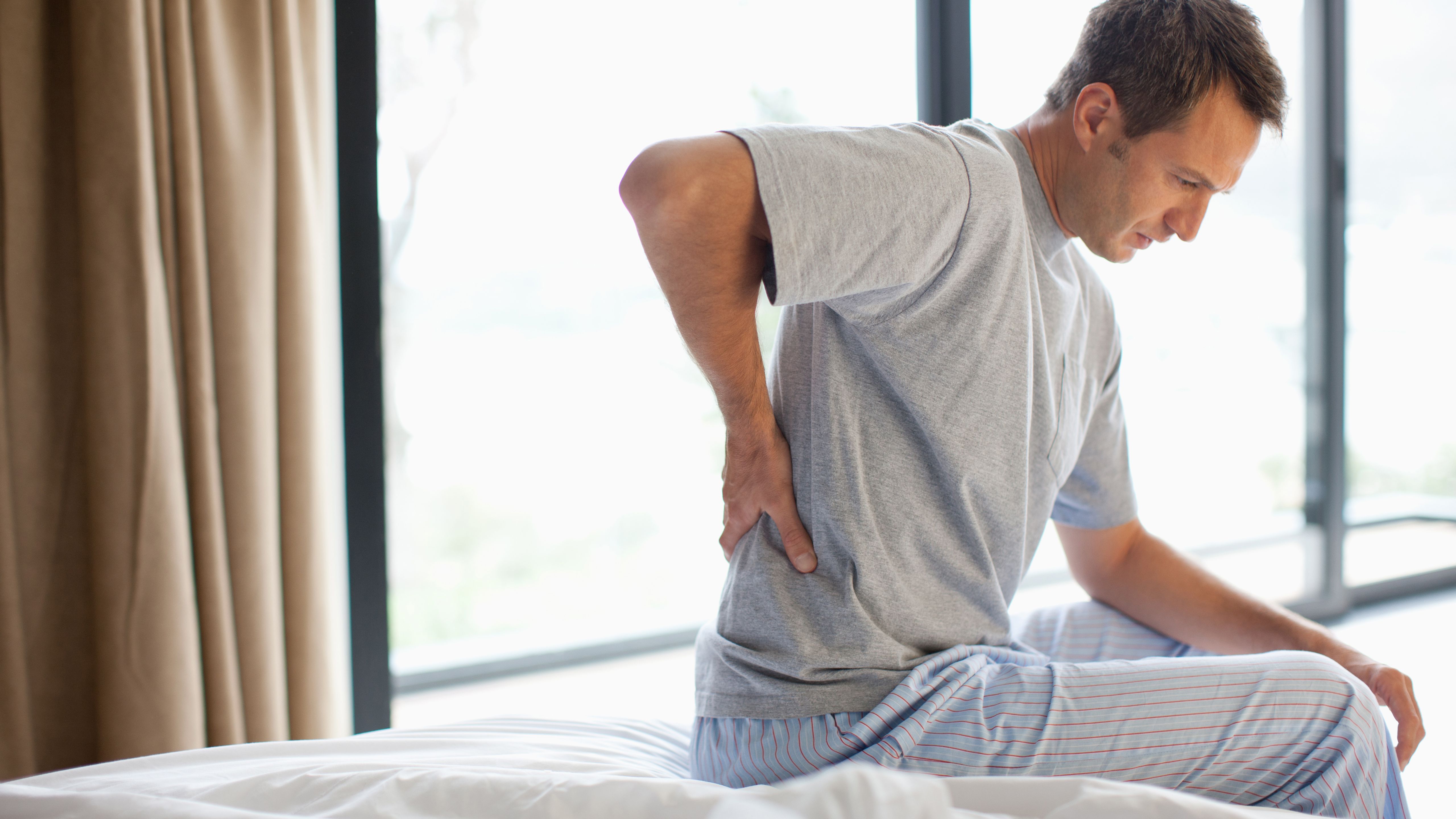
This article was published on: 03/8/22 6:39 AM
Exercise may have specific benefits in terms of reducing the severity of chronic pain, as well as more general benefits associated with improved overall physical and mental health and the physical functioning of people with chronic pain, such as depression. Chronic pain is also known as persistent pain that persists beyond the expected healing time of an injury. Unlike acute pain, which is caused by tissue damage, chronic pain is less about the structure or tissue damage and more about the sensitivity of the nervous system and “non-tissue-related factors.”
Things to remember while doing exercise help with chronic pain, such as “exercise is medicine” and is an important daily strategy used to assist in the management of pain conditions.” Start slowly when beginning an exercise program. Stretch to cool down, not warm up, and do short bursts of exercise, not long stretches. Lifting heavy weights into greater pain should be avoided. If pain levels increase by more than 2 points from baseline, you should stop and modify that exercise to ensure that you do not cause a flare-up of your pain. Don’t do more on good days and less on bad days. Increase exercise volume before intensity. Some discomfort is acceptable and normal with activity.
Consider exercise for chronic pain like start slowly and be consistent across days. Stretching is important at least once a day to help increase flexibility, loosen tight or stiff muscles, and improve your range of motion. Stretching every day will help ease your everyday movements. For example, squats, wall push-ups, or bicep curls, are strengthening exercises to help build strong muscles. Cardiovascular exercises such as walking, swimming, or biking provide light aerobic exercise. If working out in a gym, try an elliptical trainer. Consider including some aerobic exercise in your program. Always do exercise that you enjoy.